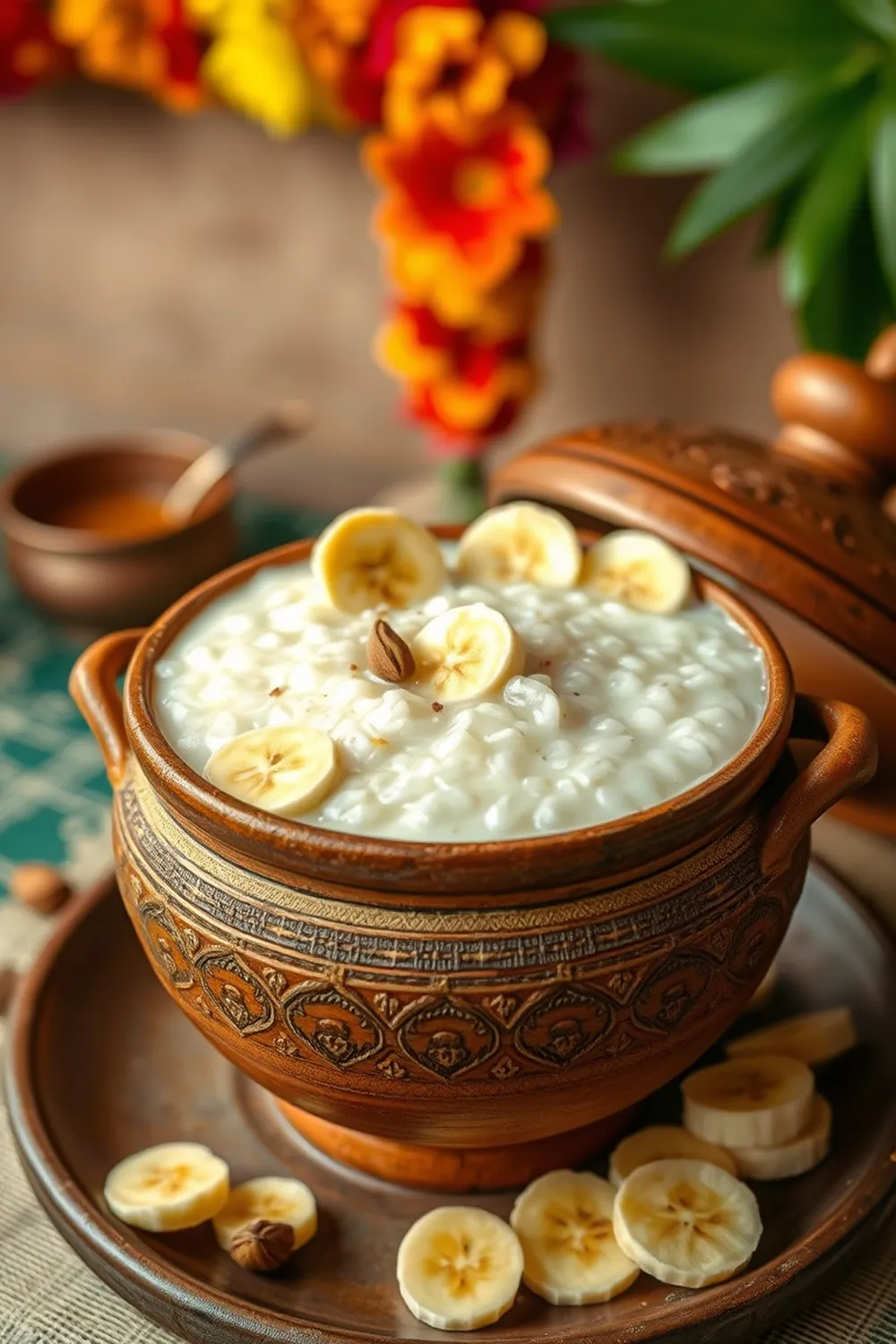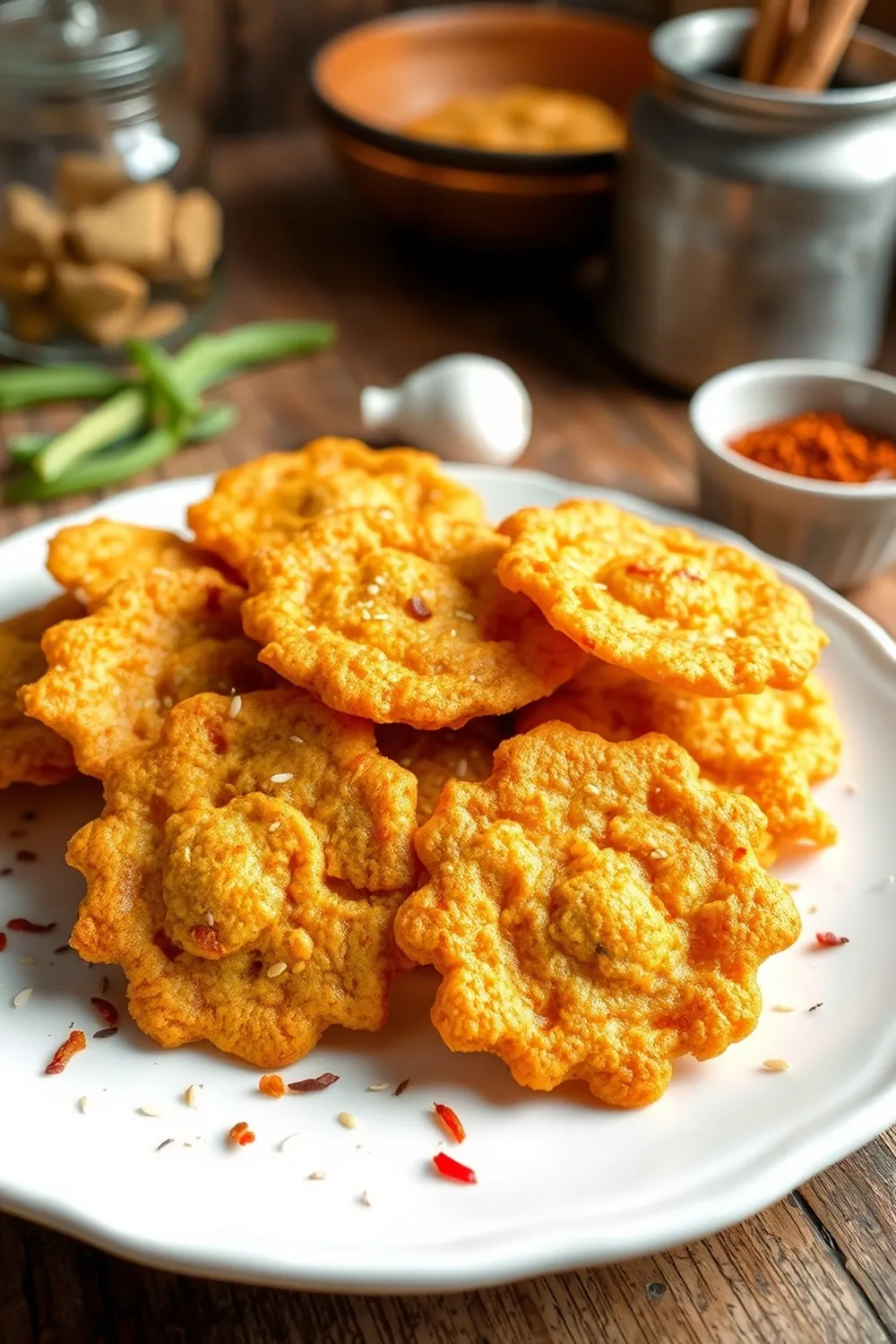- In a heavy-bottomed pan, bring 2.5 liters of full cream milk to a boil on medium heat, stirring frequently to prevent scorching. Continue boiling until the milk reduces to one-third of its original volume (approximately 45-60 minutes).
- Add 1 tablespoon of lemon juice to the reduced milk, stirring gently to curdle the mixture. Continue cooking until the whey separates clearly from the milk solids.
- Gradually add 1 cup of sugar in batches, stirring constantly to dissolve. Cook until the mixture thickens and starts to leave the sides of the pan (about 30-40 minutes).
- Mix in 3 tablespoons of ghee in stages, stirring well after each addition. Cook for an additional 5-7 minutes until the mixture forms a dense, grainy texture and the ghee is fully incorporated.
- Transfer the mixture to a deep, greased, thick-bottomed pan or tin. Cover tightly with a thick towel or lid to slow cooling. Allow it to set at room temperature for 6-8 hours, or preferably overnight.
- Once set, unmold the milk cake (if using a tin), slice into pieces, and serve at room temperature.
- Calories:250 kcal25%
- Energy:1046 kJ22%
- Protein:5 g28%
- Carbohydrates:35 mg40%
- Sugar:30 mg8%
- Salt:50 g25%
- Fat:10 g20%
Last Updated on 4 months by Neha Deshmukh
Traditional Milk Cake Recipe – Indian Condensed Milk Sweet
Hey everyone! Today, I’m sharing a recipe that’s incredibly close to my heart – the classic Indian Milk Cake, or barfi as it’s often called. This sweet is a staple in Indian households, especially during festivals, and honestly, it just feels like home. I first made this with my grandmother, and it’s a memory I cherish. It takes a little patience, but trust me, the result is absolutely worth it!
Why You’ll Love This Recipe
This milk cake isn’t just delicious; it’s a comforting, melt-in-your-mouth experience. It’s subtly sweet, wonderfully dense, and has this incredible grainy texture that’s just… perfect. Plus, it’s made with just a handful of ingredients you probably already have in your kitchen! It’s a fantastic dessert to make for celebrations or just a cozy evening treat.
Ingredients
Here’s what you’ll need to create this delightful Indian sweet:
- 2.5 liters full cream milk (approximately 2.6 quarts)
- 1 tsp lemon juice (about 5ml)
- 1 cup sugar (approximately 200g)
- 3 tbsp ghee (about 45g)
Ingredient Notes
Let’s talk ingredients! A few little things can make a big difference in how your milk cake turns out.
Full Cream Milk: Importance of Fat Content
Using full cream milk is key. The fat content is what gives the milk cake its rich texture and beautiful color. Lower fat milk just won’t give you the same results.
Ghee: Regional Variations & Quality
Ghee is clarified butter, and it adds a wonderful nutty flavor. You can find it at most Indian grocery stores. The quality of ghee matters – a good ghee will have a lovely aroma. Some regions in India prefer homemade ghee, and honestly, that’s the best!
Sugar: Types & Impact on Texture
Granulated sugar works best here. Using powdered sugar can affect the texture, making it a bit softer. Feel free to adjust the sugar to your sweetness preference, but remember it contributes to the overall structure.
Lemon Juice: Role in Curdling & Alternatives
Lemon juice helps the milk curdle, separating the milk solids from the whey. You can also use a teaspoon of vinegar if you don’t have lemon juice on hand. Just make sure it’s a clear vinegar, not cloudy.
Step-By-Step Instructions
Alright, let’s get cooking! Don’t be intimidated by the cooking time – most of it is just patiently stirring.
- In a heavy-bottomed pan (this is important to prevent sticking!), pour in the 2.5 liters of full cream milk. Place it on medium heat and start stirring occasionally. We want to prevent any milk from sticking to the bottom and burning.
- Now comes the patience part! Continue boiling the milk, stirring regularly, until it reduces to about one-third of its original volume. This will take around 45 minutes, maybe a little longer depending on your stove.
- Once reduced, add the 1 teaspoon of lemon juice. Stir gently – you’ll start to see the milk curdle, separating into solids and a watery whey. Continue cooking until most of the moisture has evaporated and the milk solids clearly separate.
- Time for the sugar! Gradually add the 1 cup of sugar in batches, stirring constantly to make sure it dissolves completely. Keep cooking and stirring for another 30-40 minutes, until the mixture thickens and starts to leave the sides of the pan.
- Now, add the ghee, a tablespoon at a time, mixing well after each addition. Cook for an additional 5-7 minutes, until the mixture forms a dense, grainy texture. You’ll know it’s ready when it pulls away from the sides of the pan cleanly.
- Transfer the mixture to a deep, thick-bottomed pan or tin. This is where the magic happens! Cover it tightly with a thick towel or rug. This slows down the cooling process, which is crucial for the right texture. Let it set at room temperature for 4-8 hours.
- Once completely set, gently unmold the milk cake. Slice it into pieces and serve at room temperature.
Expert Tips
Here are a few things I’ve learned over the years to make the perfect milk cake:
- Achieving the Perfect Consistency: The mixture should be thick and grainy, almost like wet sand. If it’s too runny, keep cooking. If it’s too dry, you might have overcooked it slightly, but it should still be delicious!
- Preventing Burning & Sticking: A heavy-bottomed pan is your best friend here. Stir frequently, especially as the milk reduces.
- Knowing When to Add Ghee: Add the ghee gradually, ensuring it’s fully incorporated before adding more. This helps create a smooth, rich texture.
- The Importance of Slow Cooling: Don’t skip the towel/rug step! Slow cooling prevents the milk cake from becoming too hard or crumbly.
Variations
Want to put your own spin on this classic? Here are a few ideas:
- Vegan Milk Cake Adaptation: My friend, Priya, swears by using full-fat coconut milk instead of dairy milk. You might need to adjust the sugar slightly, as coconut milk is naturally sweeter.
- Sugar-Free Milk Cake Option: You can use a sugar substitute like erythritol or stevia, but be mindful of the conversion ratios and how it affects the texture.
- Spice Level: Cardamom & Saffron Infusion: A pinch of cardamom powder or a few strands of saffron added during the sugar stage adds a beautiful aroma and flavor. My family loves this!
Festival Adaptations: Diwali & Holi
This milk cake is a must-have during Diwali and Holi! During Diwali, it’s often decorated with silver leaf (vark). For Holi, it’s a simple, sweet treat to enjoy with family and friends.
Serving Suggestions
Serve the milk cake at room temperature. It’s delicious on its own, or you can pair it with a glass of warm milk or a cup of chai.
Storage Instructions
Store the milk cake in an airtight container at room temperature for up to 3 days, or in the refrigerator for up to a week.
FAQs
Let’s answer some common questions:
What type of milk is best for making milk cake?
Full cream milk is essential! The higher fat content gives the milk cake its rich texture and flavor.
Can I use a different acid instead of lemon juice?
Yes, you can use a teaspoon of white vinegar as a substitute for lemon juice.
How do I know when the milk has reduced enough?
The milk should reduce to about one-third of its original volume and become noticeably thicker. It will take around 45 minutes of simmering.
What does the towel/rug do during the cooling process?
The towel or rug slows down the cooling process, which helps create a smooth, dense texture.
Can this milk cake be made ahead of time?
Yes! You can make it a day or two in advance. Just store it in an airtight container.
Enjoy making this delicious Indian Milk Cake! I hope it brings as much joy to your kitchen as it does to mine. Let me know how it turns out in the comments below!










